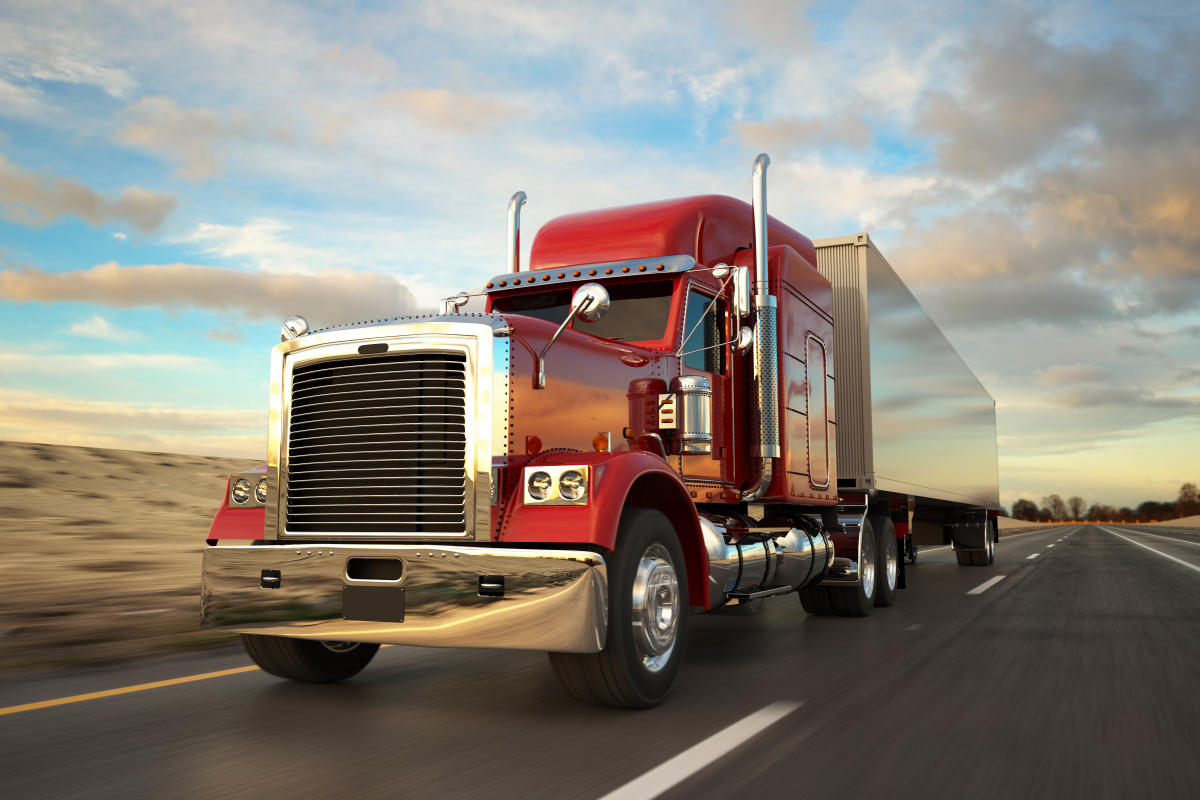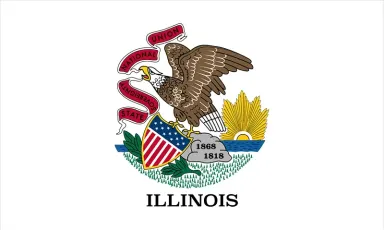What Are the Most Common Types of Commercial Truck Accidents?

Commercial truck accidents are a serious concern on our highways, with hundreds of thousands of collisions occurring every year. These collisions often have devastating consequences as well as about 4,000 fatalities annually. Understanding the common causes and types of commercial truck accidents is crucial in preventing these incidents.
This guide covers some of the most common types of semi-truck accidents, including rear-end collisions, rollover accidents, tire blowouts, and more, and discuss the most common causes of each type. In addition, we will explore what motorists can do to circumvent these accidents and avoid being caught in a dangerous situation.
Common Types of Semi-Truck Accidents
Several factors, including driver fatigue, mechanical failure, or operator negligence, can cause semi-truck accidents. The following list contains the most common types of semi-truck accidents and details the potential causes of each.
Rear-End Collisions
Since semi-trucks are much heavier than other vehicles, truck drivers must allow more time and distance to slow down, respond appropriately to road hazards, or come to a safe stop behind another vehicle. Truck drivers who fail to do this can cause a rear-end collision with another vehicle, often leading to severe damage to the motorist and their vehicle. Motorists should be especially wary when driving in poor weather conditions, as rain, hail, and snow can increase the chances of this accident occurring.
Head-On Collisions
Occasionally, a driver may lose control of their semi-truck and drift into the lane of oncoming traffic, causing a head-on collision. The same type of collision can also occur at intersections when a driver fails to observe the correct right-of-way or where a motorist attempts to pass another vehicle on a narrow roadway and overlooks an oncoming semi-truck. While a head-on collision is often caused by driver fatigue or distraction, motorists need to be aware of any semi-trucks at intersections and on narrow roads to avoid this type of accident.
Underride Collisions
Underride collisions occur when a smaller vehicle, such as a sedan or a hatchback, goes under a semi-trailer. This type of collision often occurs when the semi-truck brakes suddenly. However, it can also occur when the smaller vehicle follows the semi-truck too closely or when the smaller vehicle merges onto a highway, and the driver does not see the semi-truck in the adjacent lane. This type of accident can be prevented by the motorist being especially aware of their surroundings, avoiding distractions while driving, and staying focused on the road.
Rollover Accidents
A rollover accident is caused when the semi-truck's trailer flips and rolls the entire truck over to one side. Since semi-trucks have a much higher center of gravity than other vehicles, truck drivers must be extra cautious around tight turns. Days with incredibly windy weather conditions can increase the chances of this accident occurring. Motorists should exercise caution and give truck drivers plenty of space at busy intersections or on winding roads to avoid being the victim of a rollover accident.
Tire Blowouts
A tire blowout can occur on any vehicle, but semi-trucks are often more vulnerable to this type of accident. Due to the increased time on the road, semi-truck tires are subjected to more wear-and-tear than most vehicles and, therefore, more likely to incur a blowout. While most motorists may be used to seeing shreds of rubber along a busy highway, those who witness the blowout are more likely to get into an accident. Motorists should be cautious when driving alongside or behind a semi-truck to avoid being hit with any debris.
Sideswipe Accidents
While a sideswipe accident can occur between two small vehicles and only cause minimal cosmetic damage, this type of accident is often more severe between a semi-truck and a small car. Often in the aftermath of a tire blowout, a truck driver might lose control of their semi-truck and veer into a nearby traffic lane. Since the semi-truck is considerably heavier than other, smaller vehicles, this sudden impact can cause the smaller vehicle to slide into another lane of traffic, causing additional collisions and car pileups. To prevent this collision, motorists should avoid driving alongside semi-trucks when traveling on the highway.
Blind Spot Accidents
A blind spot accident is caused when the smaller vehicle is in the areas around the semi-truck that the truck driver has difficulty seeing, known as "no-zones" or blind spots. The popular signage often inscribed on a truck's trailer, "If you can't see my mirrors, I can't see you," is well-used for a reason — it's accurate. For this reason, motorists must exercise caution when driving alongside the truck on the highway and are aware of the semi-trucks signaling when changing lanes or making a turn.
Jackknife Accidents
A jackknife accident occurs when the tractor and trailer of the truck form an angle, resembling a folding pocketknife. This type of accident is most often caused by sudden braking or slowing of the semi-truck but can also be caused by excessive speed on a wet or icy road and adverse weather conditions. Jackknifing is a hazardous event and can strike nearby vehicles and carry them along until the trailer stops skidding. To avoid this type of accident, motorists should exercise caution around semi-trucks during poor weather conditions, such as high winds, and give truck drivers plenty of space on the road.
T-bone Accidents
Often occurring at intersections, a T-bone accident is caused when the front of the smaller vehicle collides with the side of a semi-truck. Alternatively, this type of accident can also occur when the front of a semi-truck hits the side of a smaller vehicle, often causing devastating damage due to the lack of protection on the side of the smaller vehicle. To avoid a T-bone collision, all motorists should practice caution at intersections, properly yield the right-of-way when necessary, and avoid distracted or inattentive driving.
Wide Turn Accidents
Wide turn accidents are caused when a semi-truck attempts a right-hand turn without taking necessary precautions. For example, since right-hand turns are usually tighter than left-hand turns, the truck driver might swing their cab wide to the left to make the turn. However, this may cause a collision with cars in neighboring lanes that don't have enough time, or room, to move their vehicle. In addition, this accident can turn deadly if a car gets stuck under the trailer as it swings to the left. For this reason, motorists should be extra aware of semi-trucks attempting a right-hand turn at an intersection and give the truck plenty of space to make the turn.
Expertise.com StaffAuthor
Step into the world of Expertise.com, your go-to hub for credible insights. We don't take accuracy lightly around here. Our squad of expert reviewers, each a maestro in their field, has given the green light to every single article you'll find. From rigorous fact-checking to meticulous evaluations of service providers, we've got it all covered. So feel free to dive in and explore. The information you'll uncover has been stamped with the seal of approval by our top-notch experts.

Ryan Zehl, Truck Accident LawyerReviewer
Ryan Zehl is one of the country’s most accomplished trial lawyers, with a winning track record that has gained him national media acclaim and the esteem of the legal field. He is an advocate for the catastrophically injured and those who have met tragic deaths due to the negligence of others. As founder of the firm Zehl & Associates, he leads an undefeated personal injury law firm that has recovered billions of dollars in due compensation for accident victims across Texas and the United States. Ryan Zehl holds the record for securing the largest truck accident settlement in Texas at $23.5 million—a recent achievement in a long case history of record-setting settlements and verdicts.




